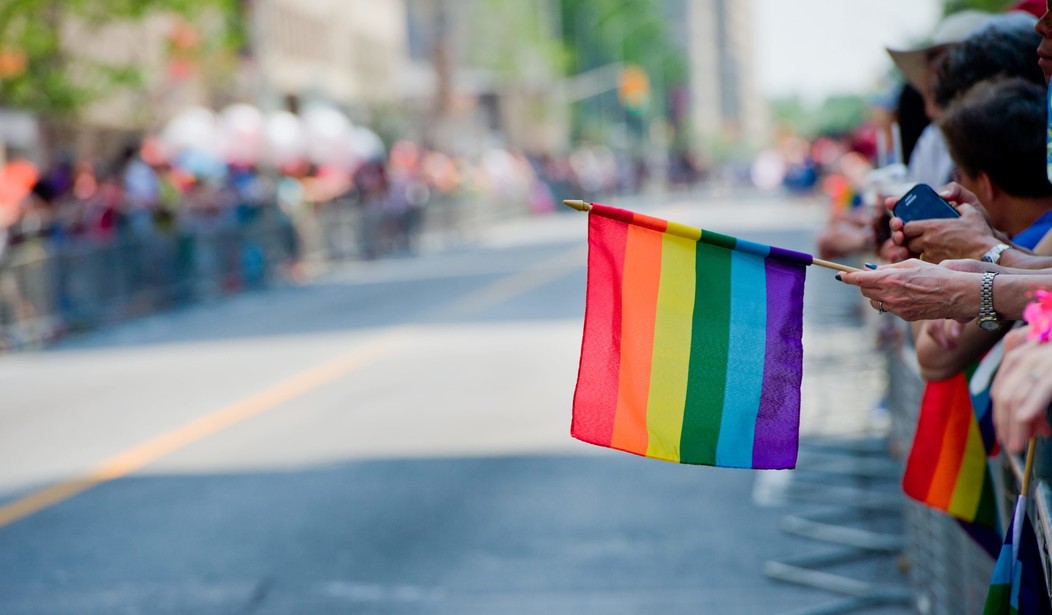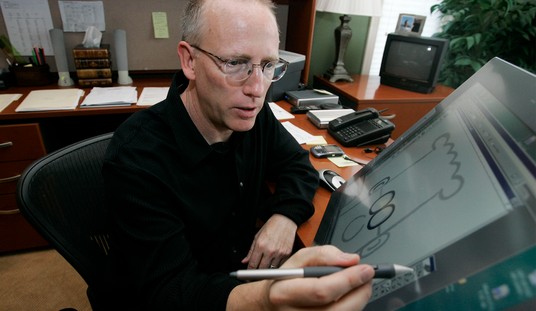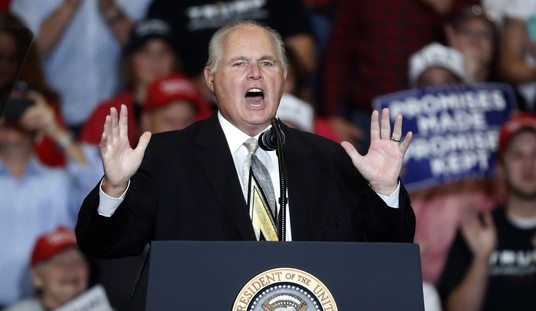Fourteen states and the District of Columbia have laws on the books banning reparative therapy for minors. Commonly referred to as “gay conversion therapy,” the State of California kicked off the legal pushback on reparative therapy in 2012. Just last week, California went a step further and banned all reparative therapy, even if the same-sex attracted individual wants the therapy. Without question, one of the most revered religious dogmas of the sexual revolution is opposing reparative therapy. However, a new study undermines that dogma, and calls into question the legitimacy of the zeal with which leftists attack anyone providing or seeking reparative therapy.
The study itself recognizes that “Sexual orientation change efforts (SOCE) and even the name are currently very unfashionable.” That truth is evidenced by bills like the one recently passed in California. “However,” the authors go on to point out, “historically there has been much more ideological diversity.”
Citing older studies, some conducted by therapists who themselves were gay or bisexual, the authors write:
Studies showed that changes from nearly exclusive same-sex attraction to nearly exclusive opposite attraction occurred in 19–24 percent of individuals in therapy (Bieber et al. 1962) and sometimes much more (Masters and Johnson 1979; van den Aardweg 1997).
Acknowledging the criticism of those older studies, newer studies are referenced that mirror the results of the older studies. However, the authors point out, “These samples were all clinical, hence not random, and therapy had only a minor religious component.”
The current study focuses on the “effects of therapy on religious men who have unwanted same-sex attraction.” [Emphasis added] The authors explain:
Ex-gay ministry groups and affiliated private therapists throughout the United States that worked with individuals who wanted help with their unwanted same-sex attraction were contacted. These contact people asked individuals over eighteen years old who had either been through or were currently in therapy for their same-sex attraction and whether they might be interested in taking the survey. Participants were told that they had to have been in some past or current form of same-sex attraction which was unwanted, but the degree of any opposite-sex attraction was not a criterion. They were told that the purpose was to understand what factors helped or hurt changing same-sex attraction and behavior and to document help or harm to SOCE and/or mental health.
Interestingly, yet not unexpectedly, the abstract reveals:
A survey asking for negative and positive experiences of 125 men with active lay religious belief who went through sexual orientation change efforts (SOCE) strongly conflicted with those claims. In our study, most of those who participated in group or professional help had heterosexual shifts in sexual attraction, sexual identity and behavior with large statistical effect sizes, similarly moderate-to-marked decreases in suicidality, depression, substance abuse, and increases in social functioning and self-esteem. Almost all harmful effects were none to slight. Prevalence of help or hindrance, and effect size, were comparable with those for conventional psychotherapy for unrelated mental health issues.
Since the American Psychological Association is decrying reparative therapy and encouraging therapists to use gay affirmative therapy, it appears that many same-sex attracted individuals are being denied useful therapy.









Join the conversation as a VIP Member